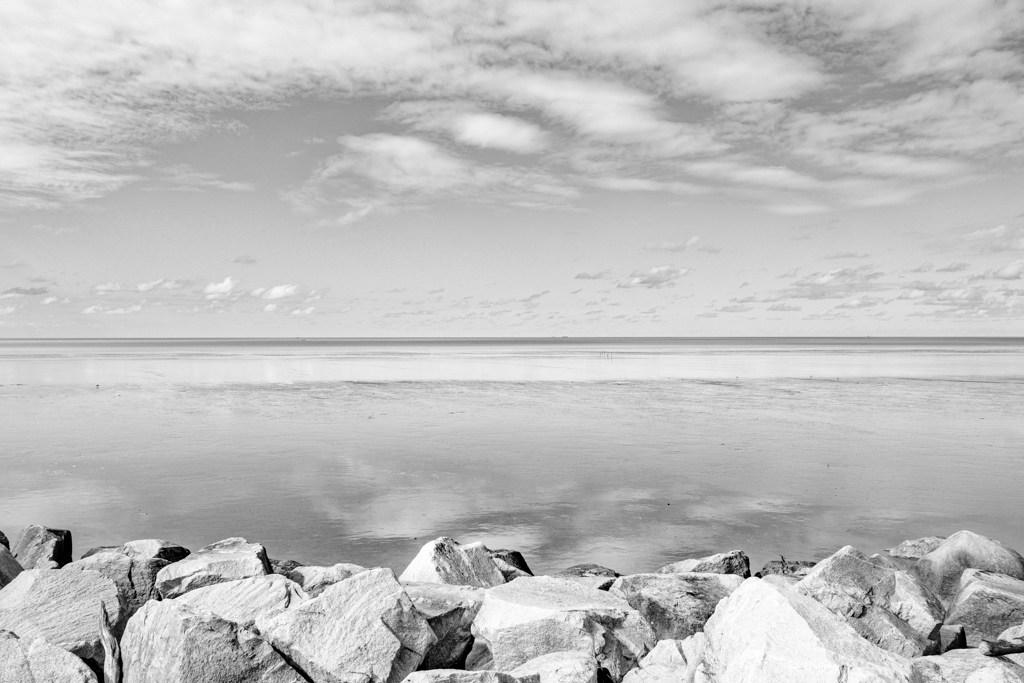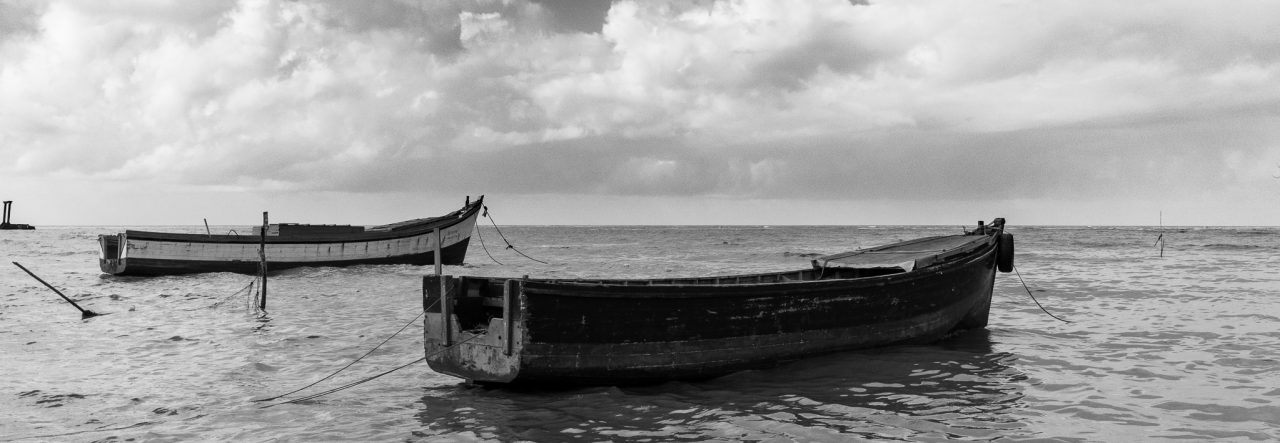Well, maybe not “the” beginning, just “a” beginning.

It was probably around 2007 that I began to pay more attention to what went into the frame, to what it was I was taking photographs of. Prior to that it was mostly point, click, “look, isn’t that pretty??” Most probably weren’t pretty at all, but family and friends always say “yes, it is” – In 2007, somewhere amidst the generic photos, there began to emerge a few that stood out, and I think that I was seeing things, the things around me, differently, and in so doing I was capturing them differently, light was beginning to take on lifelike characteristics that would change how everything looked, and how everything could be captured on a few thousand pixels.

It was now not so important to capture every detail, but just the ones that would help tell the story, using light and dark, contrast and brightness to illustrate an idea, a concept, a feeling… It was time to pay more attention to the composition rather than just the subject.

I decided to take a look back at the photos I took ten years ago, to see what, if anything, was worth sharing. Most of the images I took were family oriented, so those didn’t count, but I was experimenting, looking around me and trying to capture something out of the ordinary (ordinary being the family photos, nothing captured can compare to even the ordinary of professional photographers, much less fine-art photographers).

I even tried my hand at pointing the camera at strange people, out in public, although I was still much more comfortable pointing at non-human subjects, those that might not complain or make a fuss.

And its also the year, I did my first Photo-Walk, not what would really be considered a photo walk, but myself, my brother, Andre, and two friends, Nikhil and Naseem. We went for a drive “over the river” up to Wales estate on the West Bank of Demerara and I think up to Windsor Forest on the West Coast of Demerara, stopping every now and again to take some photos.

That photo-walk was somewhat of an eye-opener as well, in a relatively short distance, there was quite a lot to see, and a good variety of subjects and scenes to photograph as a result.

This isn’t a retrospective of any kind really, just taking a look at some photos with an eye that has had a decade of shooting, and processing them anew. They were all shot on a bridge camera, or an advanced point-and-shoot camera, the Canon PowerShot S3 IS, a 6 Megapixel camera with a 1/2.5” CCD sensor, so there’s not a lot of post processing I could do without delving into the realm of editing.

Back then I was mostly all about colour, vivid vibrant popping colour, so the monochromatic versions (BW) you see are how I see them today, not then.

I chose ten images to illustrate what I had accomplished that year, I don’t think I would have found very many, if any, more that are worth sharing. I hope you enjoy a few.

All the images were reprocessed, and cropped. Click on any image to see them in the Gallery.




















